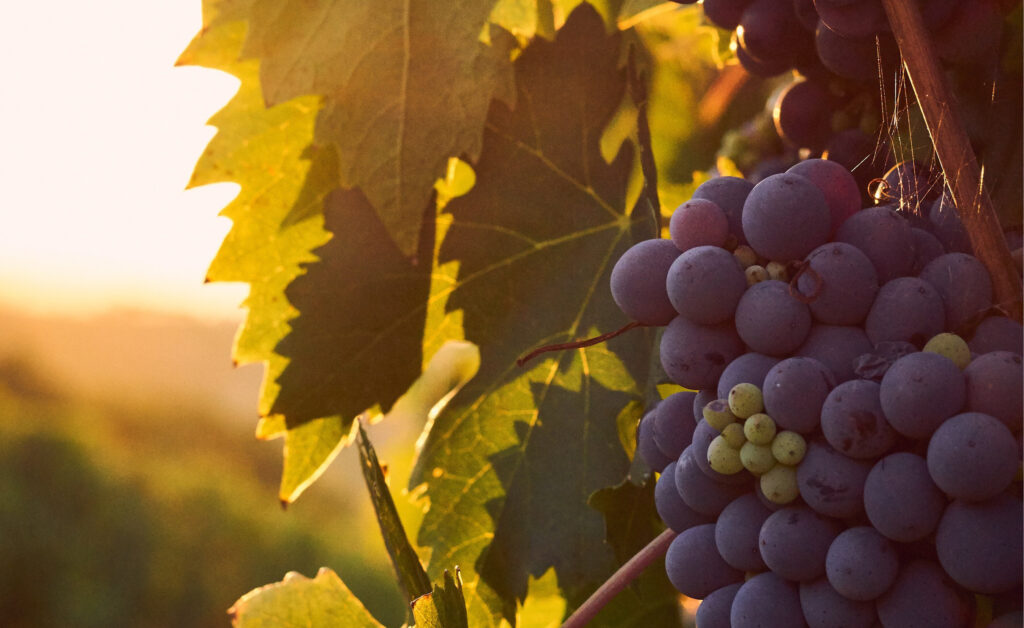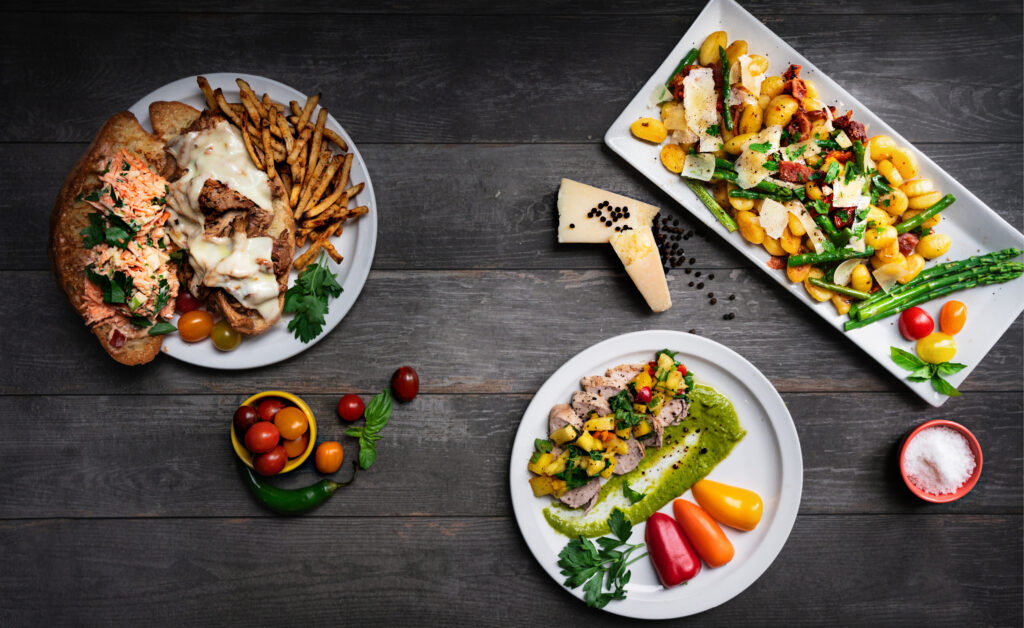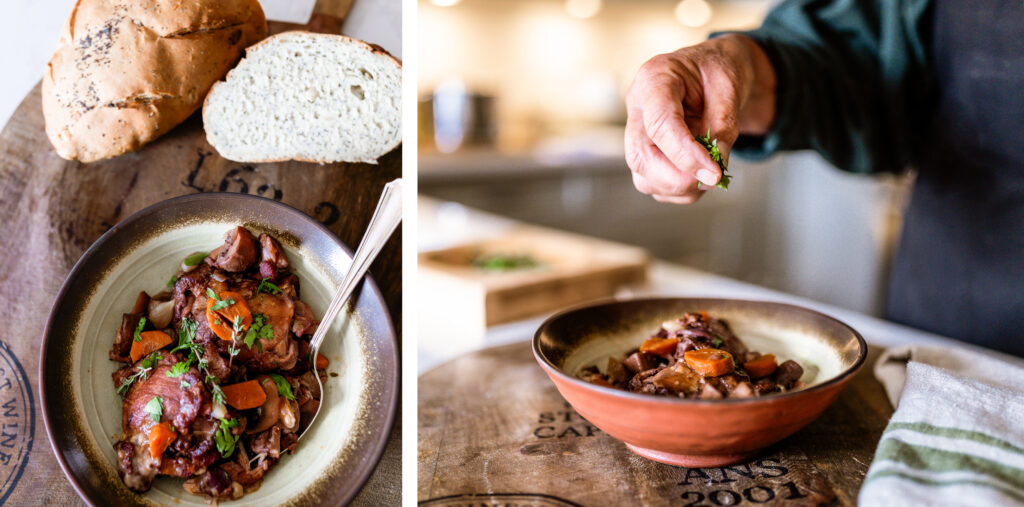Words Richard Hope
With spring’s arrival, B.C. wineries face unprecedented challenges. Two years ago, 50% of the grape harvest was lost to forest fires. In 2024, over 95% was lost due to extreme frosts. Alongside ongoing challenges with tariffs and changes to interprovincial trade, making wine in B.C. has never been more difficult. Yet, despite these formidable obstacles, B.C. remains unique in creating interesting wines that challenge our ideas of what is possible on the grape-growing periphery.
Grapes typically grow at latitudes between southern England and southern California (Santa Barbara) in the northern hemisphere. For cool climate grapes (like those from B.C.), you need long warm summers with cool evenings. Grapes need to struggle to produce world-quality wine and thrive in Mediterranean climates. Here in B.C., by using the mountains as a shield, we can loosely replicate those borderline conditions on Vancouver Island and in the Okanagan. We can even create those conditions in the Similkameen Valley, which is at the extreme end at which you can grow grapes. However, climate change is altering these carefully balanced conditions, producing dangerous weather that can devastate harvests.
2023’s extreme frost was primarily driven by that year’s El Niño phenomenon, which caused a massive buildup of cold air over western Canada. On Vancouver Island, we all remember the extended days of snow and icy conditions that devastated vine roots. Yet, while these cold snaps threaten harvests, the opposite extreme – drought – presents a different challenge. The Okanagan, already an arid region, faces increasing competition for its limited water resources.
Paradoxically, while climate change brings these challenges, it expands opportunities for viticulture. The warming climate is steadily pushing the northern boundaries of viable grape growing, with successful wineries now operating in Sweden, Norway, and even Finland. For B.C., this means new grape varietals becoming viable and potentially new areas for cultivation. This contradictory impact of climate change demonstrates just how challenging the challenges are for the wine industry today.
For the industry’s survival, wineries are investing in sustainable farming practices (a big focus at this year’s Vancouver Wine Festival), collaboration and tourism. Sustainability in wine is driven by reduced use of pesticides and herbicides and the adoption of natural fertilizers. Often, farm animals like sheep are used to maintain the winery (sheep eat down, goats eat up – so don’t use goats!). Water management is key, with irrigation limited to ensure the vines struggle appropriately. Most premium wineries practice dry farming (no irrigation) to ensure grape quality. These sustainable practices extend to closer collaboration with neighbours over the borders.
This year’s biggest change is the arrival of significant quantities of Washington, Oregon and Californian grapes to ensure B.C. wineries can produce a 2025 vintage. It’s an important change for an industry that can often shy away from external help. For wines made from internationally-sourced grapes, the industry regulator has permitted the “crafted in B.C.” label to indicate alternative sources. While controversial, this step shows that closer collaboration with southern neighbours will produce interesting results and may be necessary for survival.
Another way to weather the storm is for local wineries to enhance visitor experiences. On Vancouver Island, Blue Grouse has adopted a sustainable approach, with wine tastings and educational tours going hand in hand. For those in Osoyoos, Nk’Mip Cellars combines First Nation history with new-world wines. Finally, Mission Hill remains the quintessential gateway to Okanagan wine, with live music events and an award-winning restaurant.
Looking forward to the summer and harvest, look for new collaborative wines from Orofino (Few and Far Between), Bartier Bros (Pristine), Quails’ Gate (Field and Flight), and Tantalus (Further). As these wineries innovate with new ingredients, expect further adoption of sustainable growing practices throughout the year. Perhaps it’s time to start being cautiously optimistic about wine in B.C.? Despite the significant challenges, the resilience and collaborative spirit of B.C. winemakers suggest that we can persevere in a changing world.
Recommendations
Kutatás Patricia Bay Pinot Noir 2022: Kutatás for me remains the go-to winery in the Gulf Islands. Producing incredibly high-quality wines at a time that suits them, Dan and Mira are committed to creating world-class wines here in B.C.
Nk’Mip Merlot 2021: Based in Canada’s only desert, the Osoyoos band has created a unique and bold red wine with deep blackberry, cassis and vanilla notes. This wine pairs beautifully with summer BBQs.
Burrowing Owl Sauvignon Blanc 2022: This premium local wine delivers crisp citrus and buttery notes balanced by refreshing acidity. Grown in the southern Okanagan’s sandy soils, it offers excellent value despite its premium price point.




